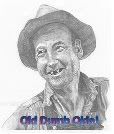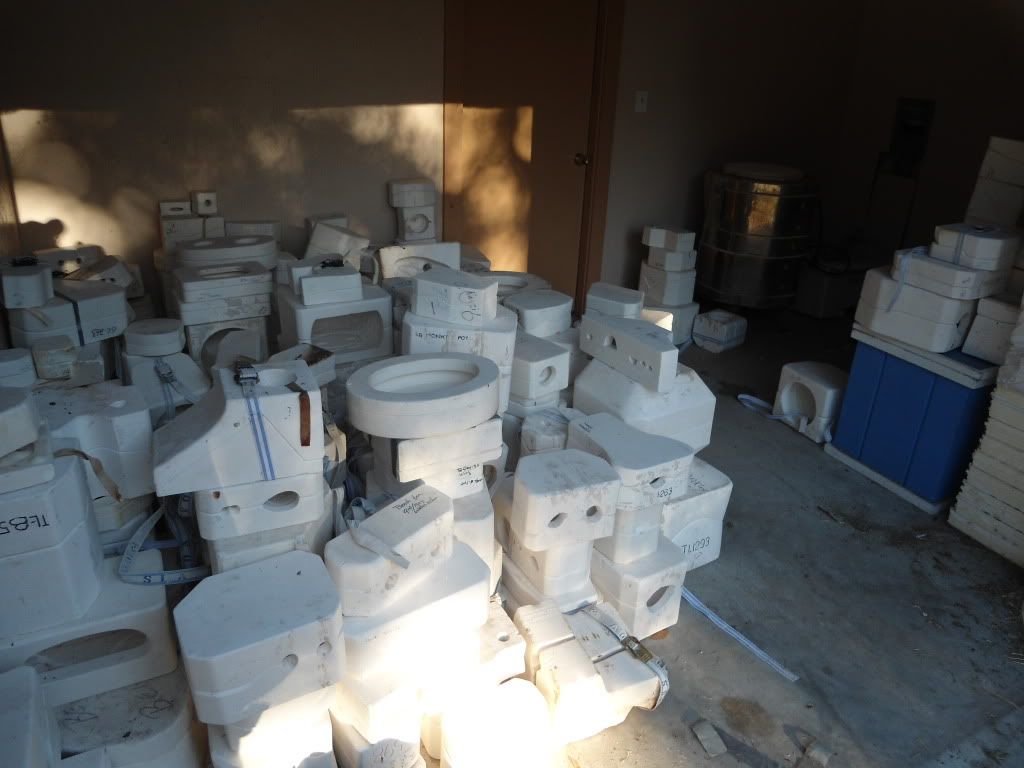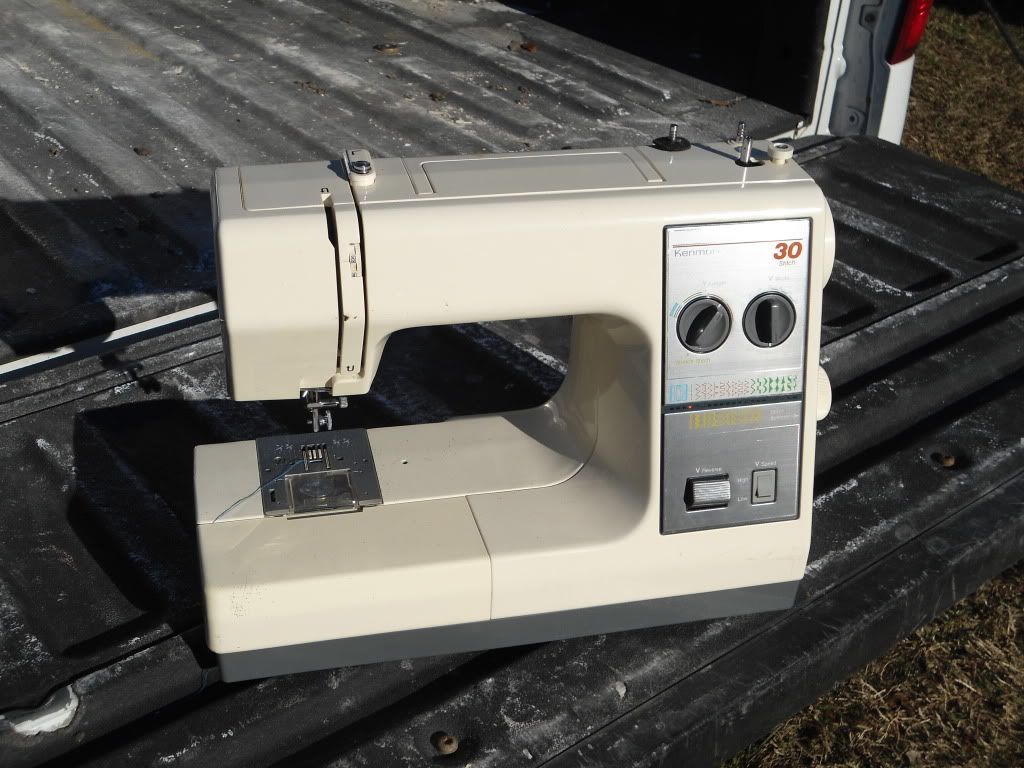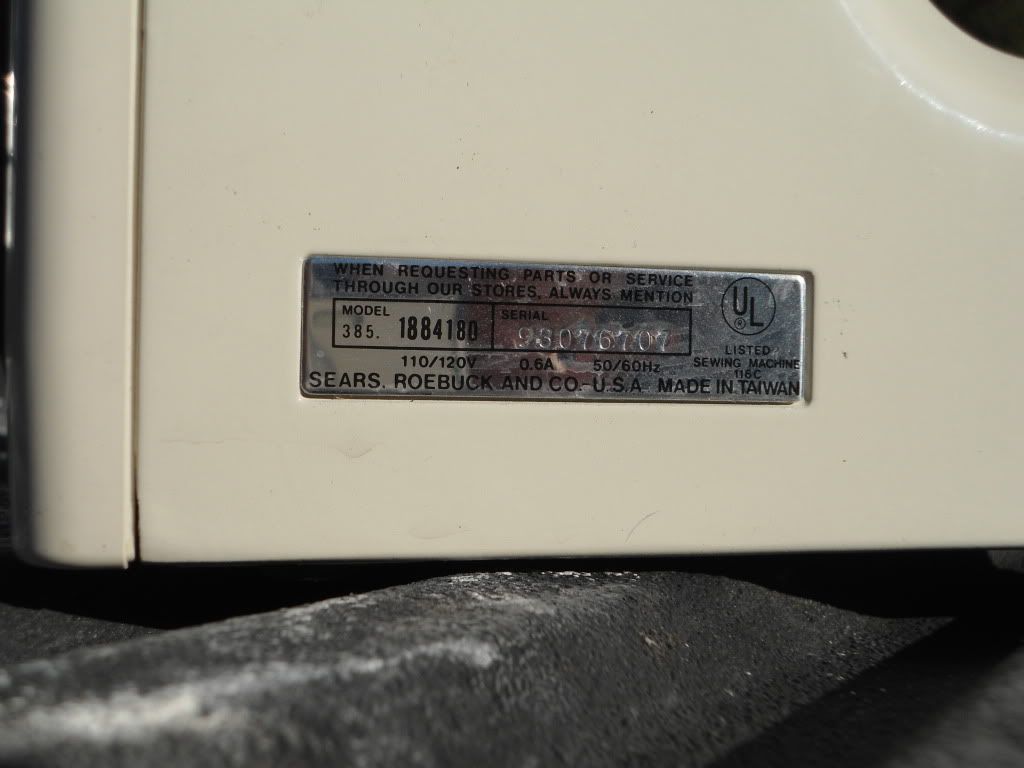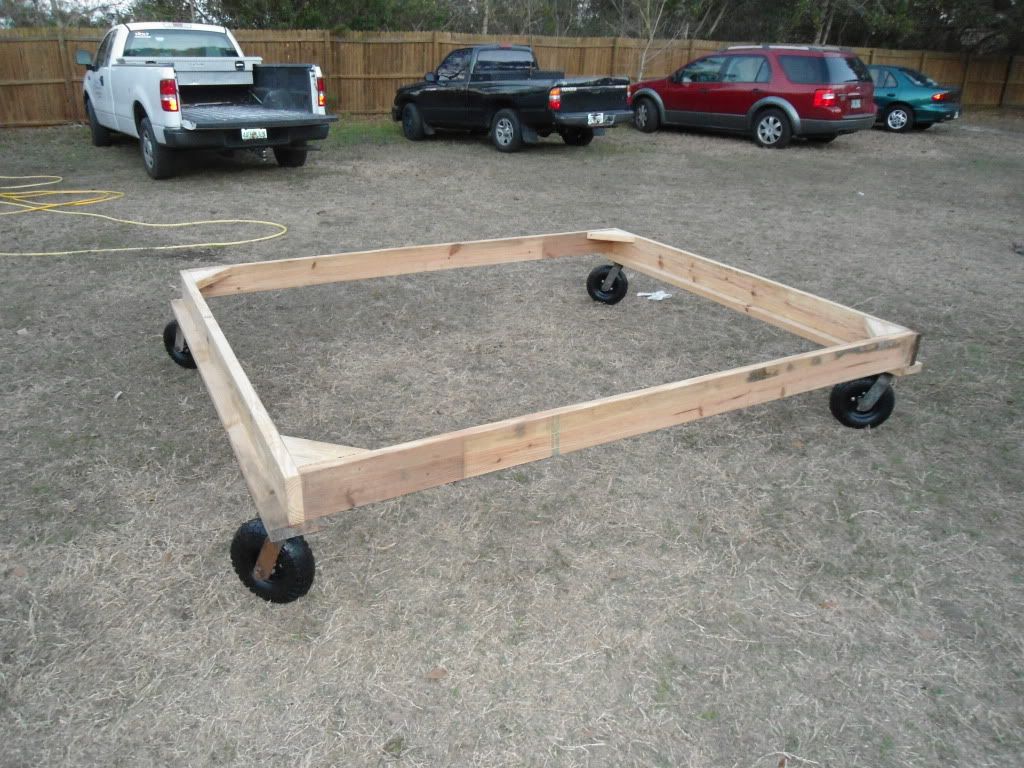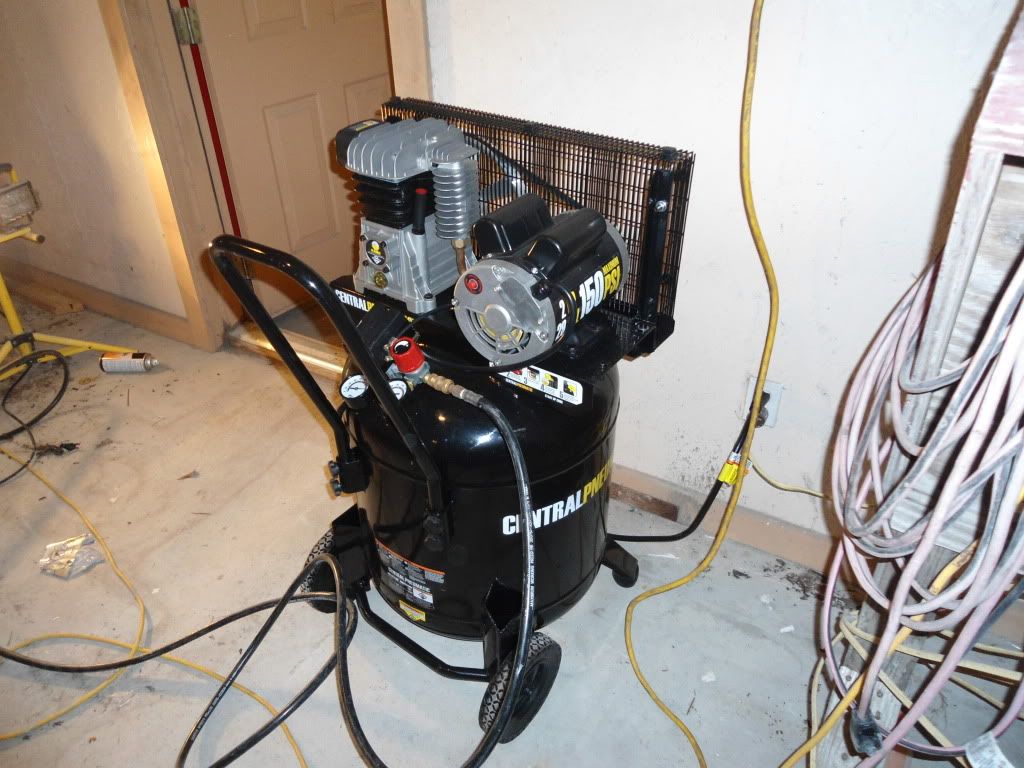Re: MFG rebuild getting started pics
Before my arthritic brain fails me...here's the goods from our Detailing Guy, the Painter, and one of the Preppers...
All agreed that for a hobbyist, use 3M Products...Compound, Polish and Glaze...the known quality of the products far outweigh the cost...
The sandpaper should be of good quality, not some cheap stuff...the grits aren't as carefully applied and they don't last or cut as well...some of the better brands are Norton, Mirka, 3M...the better stuff is usually available at an auto body supply house.
You should definitely try and beg, borrow, rent, buy or steal a Variable speed polisher...HF, HD, Lowes, Northern, etc...shop for a good deal, but make sure it is variable speed...
The pads for the polisher are listed at the end of the this...the product numbers are 3M, but good quality substitutes will work just fine...well taken care of they can last for many uses...
Sandpaper...you can use wet or dry...They are completely interchangeable throughout the process, it is up to you to determine which seems to work best...
Dry cuts faster, but leaves more scratches, usually used in the first couple of sanding courses...
Wet Paper cuts slower, but leaves a cleaner finish, usually used in the last couple of sanding courses...
Have a supply of compressed air and blow the surface off frequently when dry sanding
Use Soapy Water when wet sanding and rinse frequently...
As soon as the sandpaper no longer comes clean, discard and change to fresh paper...when it clogs, it doesn't cut well and can even scratch the finish badly...
If at all possible, paint a separate panel, 2ft.x2ft. or 2ft.x4ft., to practice and test your procedures on...IMHO, it is cheap insurance...
Try and create the same finish as that on your actual painted panels...This "practice panel" pays HUGE dividends in letting you get comfortable with all of steps involved and the use of all of the products and supplies, plus if youscrew this up, it will tell you what you are doing wrong...as the old addage states...We learn from our mistakes...
Sandpaper grits can start out as low as 400 grit, if you have a lot of build up and a LOT of orange peel...
Usually 600 grit is a good starting point, but go light.
If possible use a rubber backing block, or a stiff sponge to back up the sandpaper...if you are working on a specific contour, you can cut a stiff sponge to the shape and use that as a backer.
You should try and work on an area no larger than 2x2 or 3x3 feet...
Between each of the grits and during the actual sanding it is imperative that you keep it blown or washed off, depending on whether you are using wet or dry...
800 or 1000 grit is the most common starting point...go over the panel, until you have removed about half as much as you think you need to...
then go to 1000 grit, same, remove about half as much as you need to...
then 1200, repeat above...
then 1500 grit...
By this time, you should be getting a pretty hi gloss on the WET panel...when dry it will be silky smooth but still somewhat flat looking
Clean and dry the panel...
You can take it to the 2000 grit, but unless it was really bad, you can start compounding at 1500...
OK, now with the variable speed polisher, set it to approximately 1000-1200 RPMS, probably setting 2 or 3...
You should get a hairy lambs wool wheel with backing plate...first step, compounding...then you will need 2 each sponge waffle wheels, one for the polish and one for the glaze...
apply a squirt of compound directly to the paint, start the polisher, then release the trigger, while it is slowing down, place it on the compound, lightly, and spread it out with the slowing wheel...
As the wheel becomes clogged with compound and removed paint, remove it from the polisher, wash it thoroughly with soap and water, wring it out, remount it, and spin dry it with the polisher...
Same thing applies to the sponge waffle discs...
From now on, you will be using this start and release method of powering the polisher and applying very, very light pressure to the machine... the weight of the machine is more than enough pressure, as a matter of fact, you actually want to get used to supporting the majority of the machine's weight, maybe let about 1/3 to 1/2 of the weight rest on the surface...
use the compound until the panel starts to get a nice shine, but don't worry about the swirl marks for now, just try and get everything nice and evenly shined... you can take each section close to completion before moving on to the next section, or you can take the entire panel, side or boat to complete the compounding step, then move on to the polish , then glaze...your choice...whatever you feel comfortable doing...
The polishing step, is basically the same as the compound step, you will switch to the sponge waffle disc, but this time you will still have some swirl marks left, but much, much less, and the shine should begin to "mirror-up"...
Then repeat the same procedures with the Glaze, again using the sponge waffle disc... this will remove 99% of all swirl marks and give the finish a very high luster...
You can finish up by hand rubbing any spots with Glaze or even go back and polish, then re-glaze...
Finally, pick your favorite choice of top quality carnauba wax and give the entire surface a good protective finish...by hand.
After all is said and done, take some pictures, post 'em here, let us all see the fantastic finish you got, crack open your favorite frosty beverage, and stare at your beautiful job...just make sure you are wearing sunglasses, or you could go blind
I have a copy of this in my notebook, plus access to the sources if you need any additional info...
I was taking notes as they were telling me all this information and then translating all that info into what is written here...
I believe it is all here, but if you notice anything that doesn't seem right or if you have any questions, PM me or post, I'll get back ASAP.
Notes; 3M products or equivalent...
Compound=3000 Perfect-it Compound
Polish=3000 Perfect-it Swirl Mark remover
Glaze=Perfect-it Final Glaze
The following can be substituted with good quality equivalents...
Compounding Pad=05703 or 05704, Super buff compound pad, either 100% wool or Blended Wool
Polishing Pad= 05705 Superbuff Yellow Pad
Polishing Pad adaptor=05710
Glazing Pad=05725 Perfect-it Black Foam Polishing Pad




















